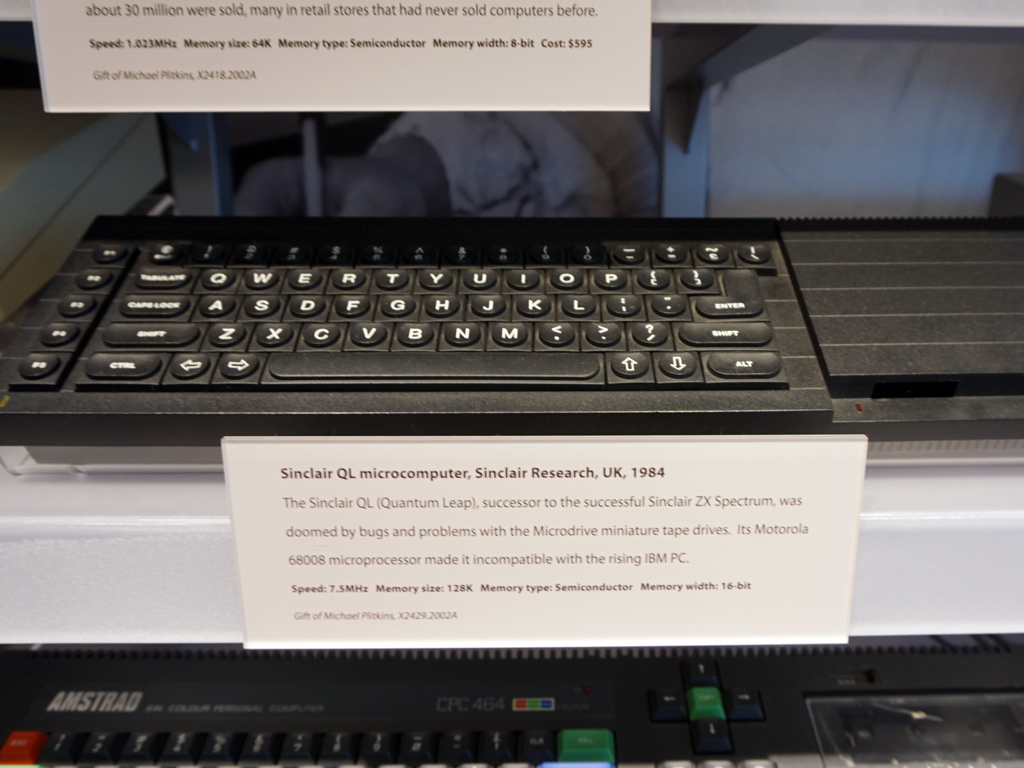Computer History: From The Antikythera Mechanism To The Modern Era
In this article, we shed light on the most important moments in computer history, acknowledging the people that have contributed to this evolution.
ZX SPECTRUM: The Home Computer Era Begins
The legendary ZX Spectrum was initially launched in the UK in 1982 by a company called Sinclair Research. The ZX Spectrum was the successor to the highly successful ZX81, which was released a year earlier as a replacement of the first model of this line, the ZX80. It could be said that the Spectrum computer actually initiated the home computer era. These home computers would gain huge popularity in the years to come because they combined entertainment (like video games) with applications (like word processors, spreadsheets, image processing programs). The introduction of the ZX Spectrum also boosted the development of software companies and helped Sinclair's president, Clive Sinclair, receive knighthood.




Spectrum was an 8-bit computer and used a Zilog Z80A CPU, which was clocked at 3.5 MHz. The first models were equipped with 16KB of ROM and 16KB or 48KB of RAM and used a tape recorder for loading data and applications. The computer wasn't accompanied by a monitor to make it more affordable, so you had to connect it to a TV; its graphics capabilities were highly restricted, with a resolution of 256 x 192 pixels.
One of Spectrum's notable features were the keyboard's rubber keys, which looked like small erasers (some people claimed that indeed they could be used to erase pencil marks). The price of this early home computer was fairly low, at around 125 pounds for the 16KB RAM model, while the 48KB Spectrum had a price tag of 175 pounds.


Later on, Sinclair released a couple of other models, mainly the ZX Spectrum+ in 1984 and the ZX Spectrum 128 in 1985. However, none of them were able to repeat the success of the first model. Finally, in 1986 the entire Spectrum line was acquired by Amstrad and five more Spectrum models were released, including ZX Spectrum +2, ZX Spectrum +2A, the ZX Spectrum +3, which could run the CP/M OS without additional hardware, and finally the ZX Spectrum +2B and +3B.
The software support for the ZX spectrum was huge with more than 24,000 titles released. Most of these applications were games, but you could also find programming languages, word processors, spreadsheets, painting programs and other business applications.
MORE: Best PC Builds
MORE: How To Build A PC
Get Tom's Hardware's best news and in-depth reviews, straight to your inbox.
MORE: All PC Builds Content
Current page: ZX SPECTRUM: The Home Computer Era Begins
Prev Page VisiCalc's Revolution And IBM's Entrance Into The Personal Computer Market Next Page Commodore 64 And CP/M
Aris Mpitziopoulos is a contributing editor at Tom's Hardware, covering PSUs.